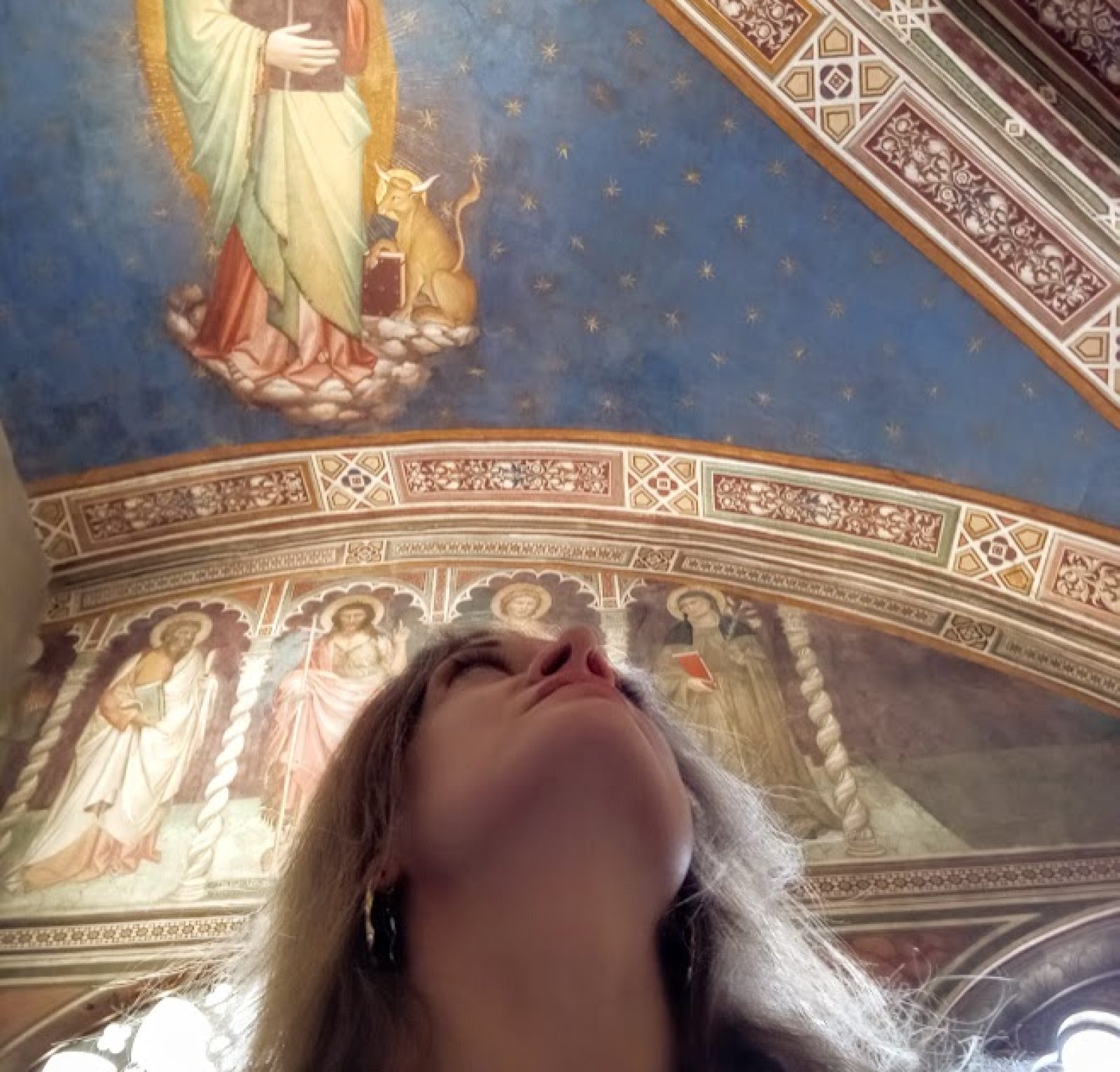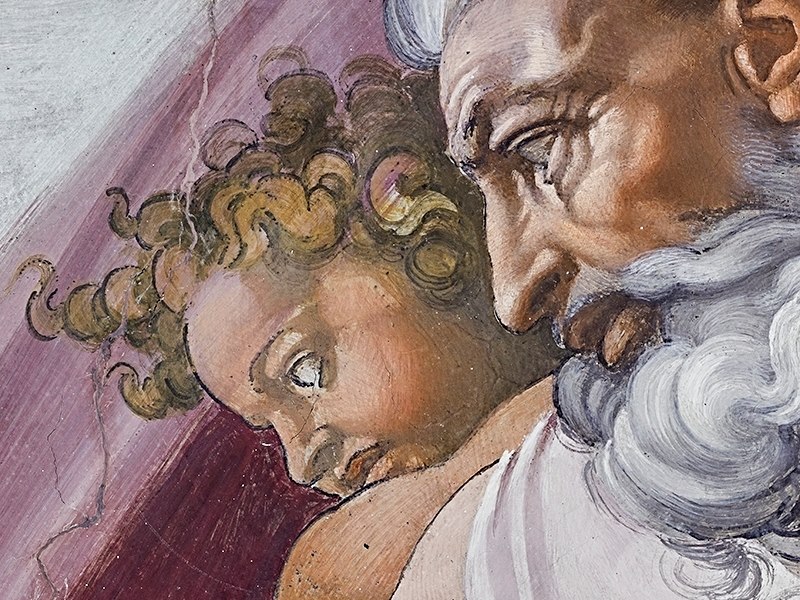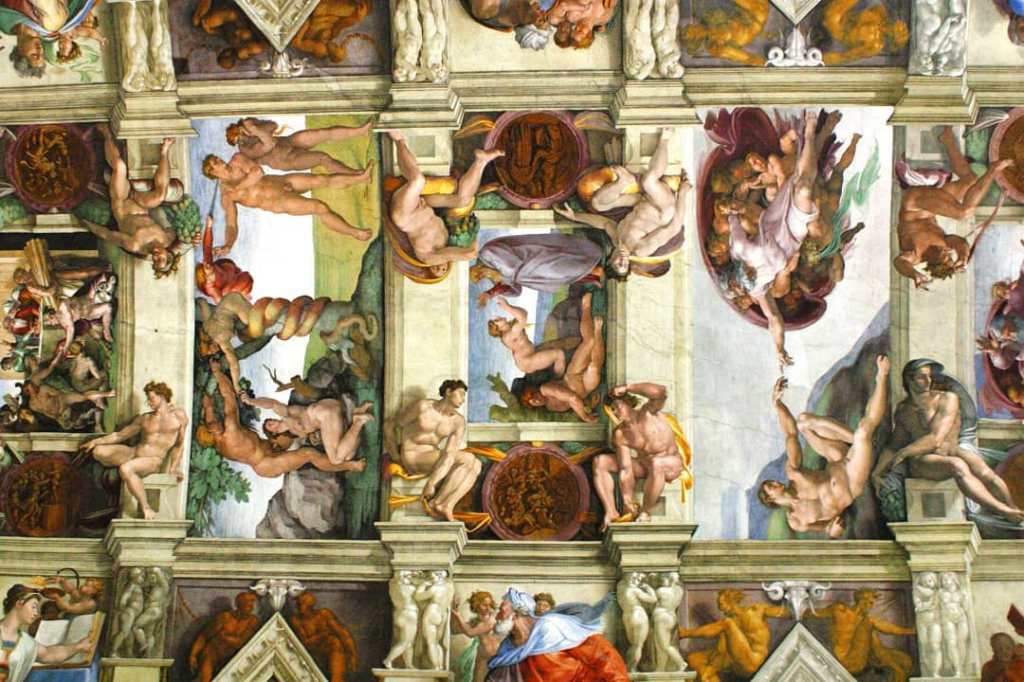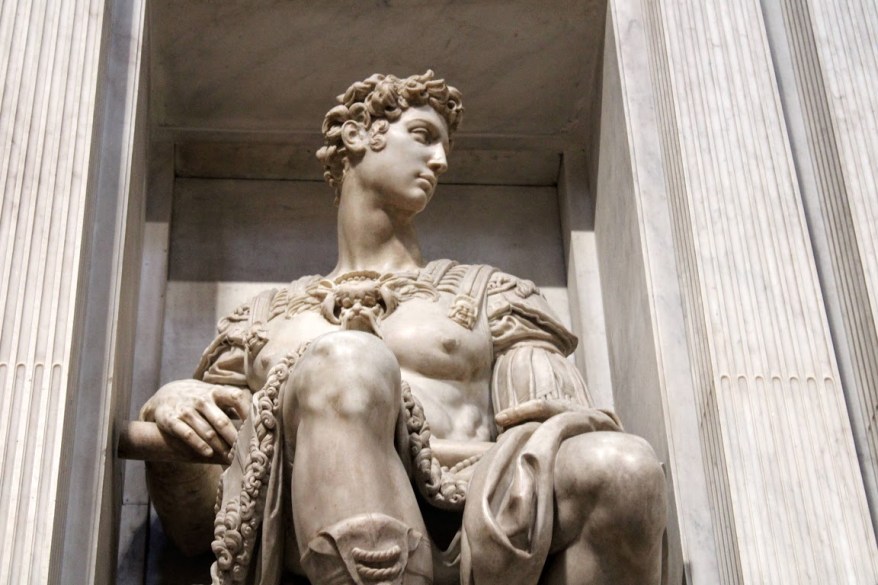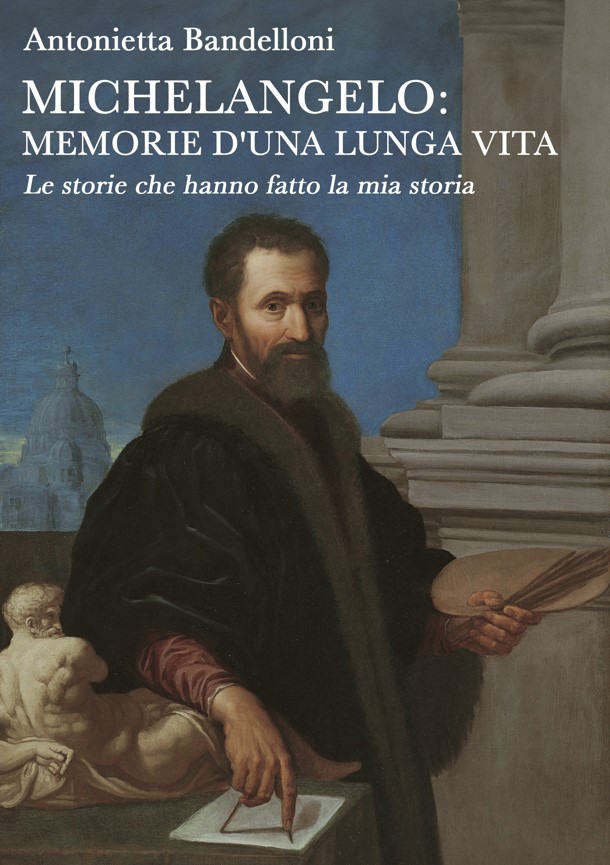La preparazione dell’intonaco per la volta della Sistina
Il 10 maggio del 1508 cominciai a lavorare alla volta della Sistina: un’impresa titanica che mi avrebbe tenuto occupato mente e mani per anni per papa Giulio II della Rovere.
Come ebbi modo di scrivere di mio pugno tempo dopo, il progetto iniziale della nuova decorazione della volta solo la raffigurazione dei dodici apostoli nei peducci mentre la parte centrale avrebbe dovuto essere decorata con motivi geometrici.
“Dipoi, tornando a rRoma, non volse anchora che io seguissi la sepultura, e volse che io dipignessi la volta di Sisto, di che fumo d’achordo di tremila ducati a ctucte mie spese, chon poche figure semplicemmente. Poi che io ebbi atto certi disegni, mi parve che riuscissi chsa povera, onde lui mi rifece un’altra allogagione insino alle storie di socto, e che io facessi nela volta quello che io volevo, che montava circha altrettanto”.
Vi siete mai chiesti però cosa ci sia sotto la superficie pittorica?
Dovete sapere che la maggior parte dell’intonaco della volta della Sistina poggia direttamente sulla volta fatta costruire da Sisto IV.
Si tratta di una volta romana con un getto di grandi pezzi di tufo inglobati in una malta di calce e pozzolana, su una controvolta lignea.
Per riuscire poi a staccare le tavole dalla controvolta, proprio fra il getto e le tavole stesse fu interposto uno strato di canne palustri che in parte però rimasero inglobate nell’intonaco.
Le pareti verticali delle lunette invece, sebbene vennero realizzate sempre nel periodo di Sisto IV, sono caratterizzate da una fodera di mattoni sulla quale poi feci stendere l’intonaco.
Si pensa che al mio tempo le vele avessero finanche delle membrane sporgenti che ordinai di far scalpellare via da Piero Rosselli per evitare che ci fossero aggetti sulla superficie da coprire con gli affreschi.
Sempre il Rosselli provvide a chiudere con mattoni e altri materiali le crepe che si erano create sulla volta rovinando il cielo di lapislazzuli trapuntato di stelle in foglia d’oro di Pier Matteo d’Amelia.
Quei tamponamenti ritornarono alla luce durante l’ultimo restauro degli affreschi condotto dal capo restauratore Gianluigi Colalucci nella parte bassa del pennacchio di Giuditta e Oloferne.
Per il momento il sempre vostro Michelangelo Buonarroti vi saluta dandovi appuntamento ai prossimi post e sui social.
The preparation of the plaster for the Sistine vault
On 10 May 1508 I began work on the Sistine Chapel: a titanic undertaking that would keep my mind and hands occupied for years for Pope Julius II della Rovere.
As I was able to write in my own hand some time later, the initial project for the new decoration of the vault was only the depiction of the twelve apostles in the corbels while the central part should have been decorated with geometric motifs.
But have you ever wondered what lies beneath the pictorial surface?
You should know that most of the plaster of the Sistine vault rests directly on the vault built by Sixtus IV. It is a Roman vault with a cast of large pieces of tuff incorporated into a lime and pozzolana mortar on a wooden counter-vault.
To then be able to detach the boards from the counter-vault, a layer of marsh reeds was placed between the casting and the boards, which however partially remained incorporated into the plaster.
The vertical walls of the lunettes, on the other hand, although they were also built in the period of Sixtus IV, are characterized by a brick lining on which I then had the plaster spread.
It is thought that in my time the sails even had protruding membranes which I ordered Piero Rosselli to chisel away to avoid there being any overhangs on the surface to be covered with frescoes.
Rosselli also closed the cracks that had been created in the vault with bricks and other materials, ruining the lapis lazuli sky quilted with stars in gold leaf by Pier Matteo d’Amelia.
Those infills came back to light during the last restoration of the frescoes conducted by the chief restorer Gianluigi Colalucci in the lower part of the plume of Judith and Holofernes.
For the moment, your always Michelangelo Buonarroti greets you and will meet you in the next posts and on social media.

Sostienici – Support Us
Se questo blog ti piace e ti appassiona, puoi aiutarci a farlo crescere sempre più sostenendoci in modo concreto condividendo i post, seguendo le pagine social e con un contributo che ci aiuta ad andare avanti con il nostro lavoro di divulgazione. . ENGLISH: If you like and are passionate about this blog, you can help us make it grow more and more by supporting us in a concrete way by sharing posts, following social pages and with a contribution that helps us to move forward with our dissemination work.
8,00 €
-
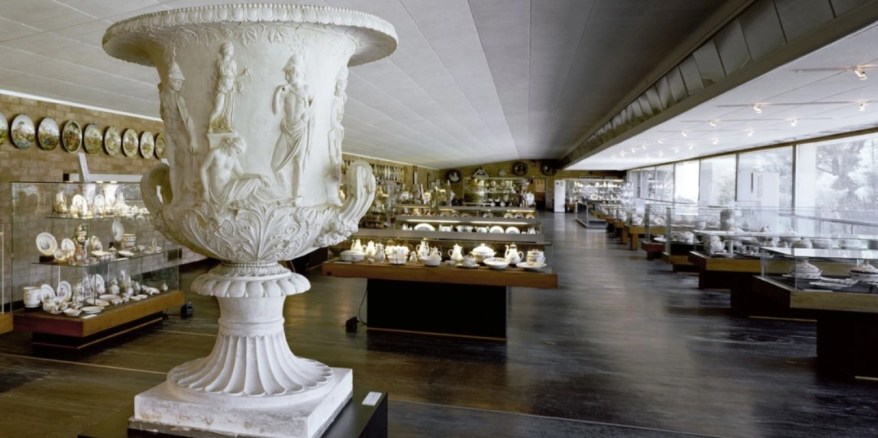
Museo Ginori: avviati i lavori di ristrutturazione
🇮🇹Sono iniziati i lavori di ristrutturazione che interesseranno per i prossimi mesi il Museo Ginori, in vista della prossima riapertura al pubblico… 🇬🇧The renovation works that will affect the Ginori Museum for the next few months have begun, in view of the next reopening to the public…
-

I disegni del Barocci in mostra a Urbino
🇮🇹Manca sempre meno all’inaugurazione della mostra monografica “Federico Barocci Urbino. L’emozione della pittura moderna” e poco a poco scopriamo assieme cosa ci aspetterà nelle sale di Palazzo Ducale… 🇬🇧There is less and less left until the inauguration of the monographic exhibition “Federico Barocci Urbino. The emotion of modern painting” and little by little we discover…
-
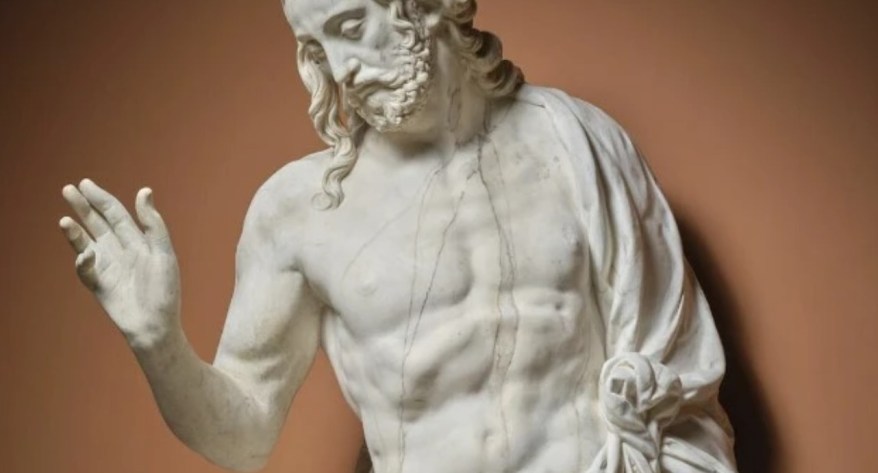
Il Cristo Risorto di Germain Pilon: un capolavoro rinascimentale
🇮🇹La scultura del giorno che vi propongo oggi è il Cristo Risorto scolpito dall’artista parigino Germain Pilon per la cappella Valois dell’abbazia di Saint-Denis, edificata per volere di Caterina de’ Medici… 🇬🇧The sculpture of the day that I propose to you today is the Risen Christ sculpted by the Parisian artist Germain Pilon for the…
